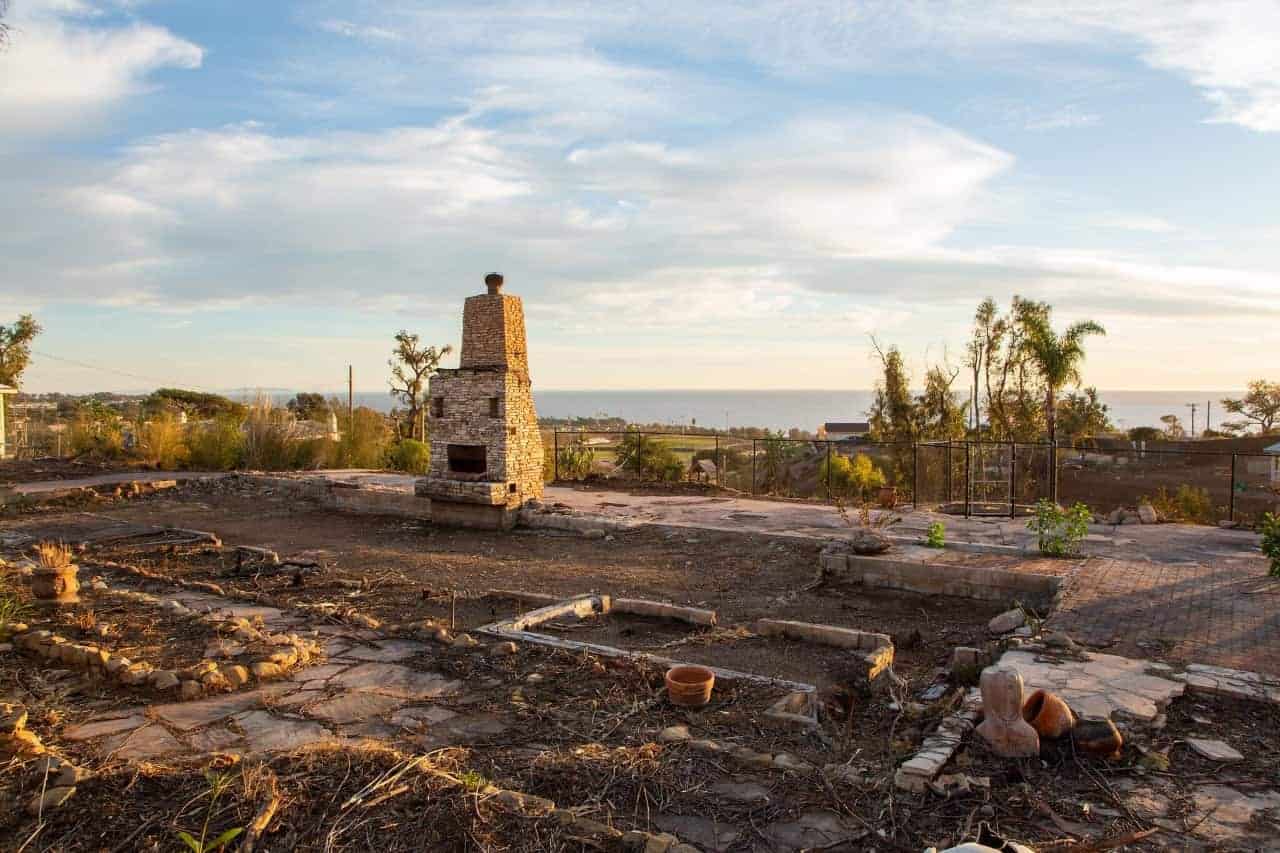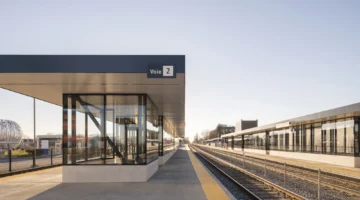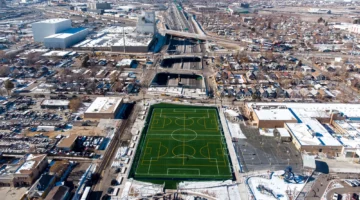"The day Paradise burned, Aaron Singer was a skeptic. Then he saw the flames in his rearview mirror.
This was November 2018, and the Camp Fire, the most destructive wildfire in California history, was making swift and smoky headway through the Sierra Nevada foothills. It took fewer than four hours to rip through this town of 26,000 residents, reducing schools, businesses, and 11,000 homes into piles of smoldering ash. When Mr. Singer got the evacuation order, he believed it was another false alarm. But he peeled out of his driveway as flames licked his yard, making it out of town with minutes to spare.
Paradise was lost. Eighty-five people died, and more than 90 percent of its population was driven out. Two years later, about 4,000 residents have returned to its scorched earth to lay new foundations and test fate once again. Mr. Singer, who has spent the past 24 months preparing to rebuild his home, is among them.
Now he is having second thoughts.
For decades in this chaparral-covered ecosystem, it’s been a ritual: after the burn comes the rebuild. But as the nation’s most populous state stares down a seething climate crisis, one that cranked temperatures into triple digits last fall and set off a series of infernos that exploded, into bone dry air, the rebuilding process is beginning to look different.
California has battled dual crises, with the largest wildfire season on record breaking out in the midst of the pandemic. At the close of 2020, as millions of Californians were put under a second lockdown in a bid to quell a massive second surge in Covid-19 cases, more than 4.2 million acres of the state had been scorched by nearly 10,000 fires. But in many ways, the crises have split the state into two: Northern California continues to reel from multiple megafires, including the August Complex Fire and the SCU Lightning Complex Fire that exploded in late summer. And in Southern California, Los Angeles is now the epicenter of the pandemic, leading the nation both in confirmed cases and in numbers of deaths."
Are Californians willing to rebuild their burned homes?
In the aftermath of the wildfires, some people are deciding to just begin new lives elsewhere. The pandemic and longstanding housing problems haven’t made the choices any easier




